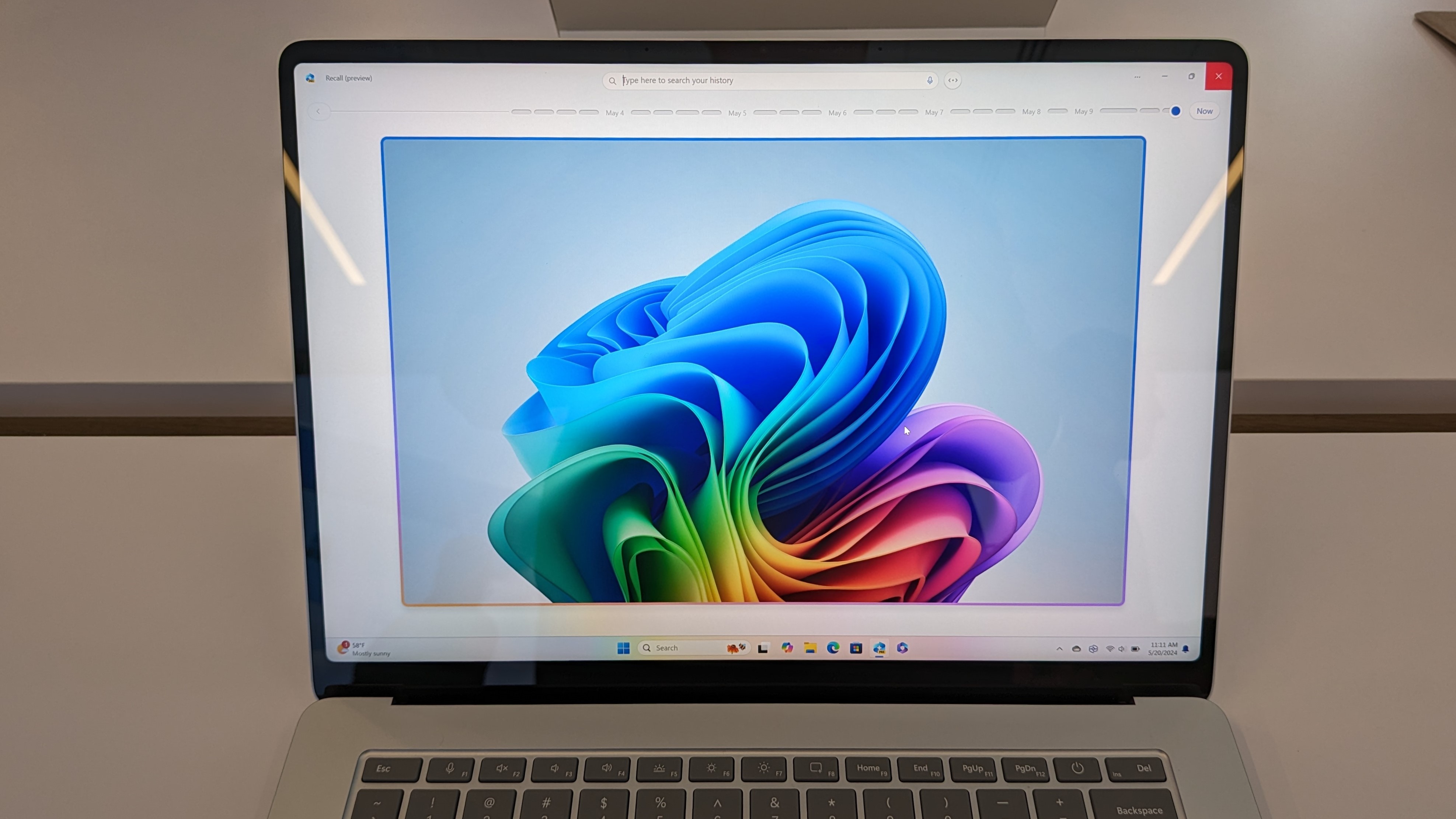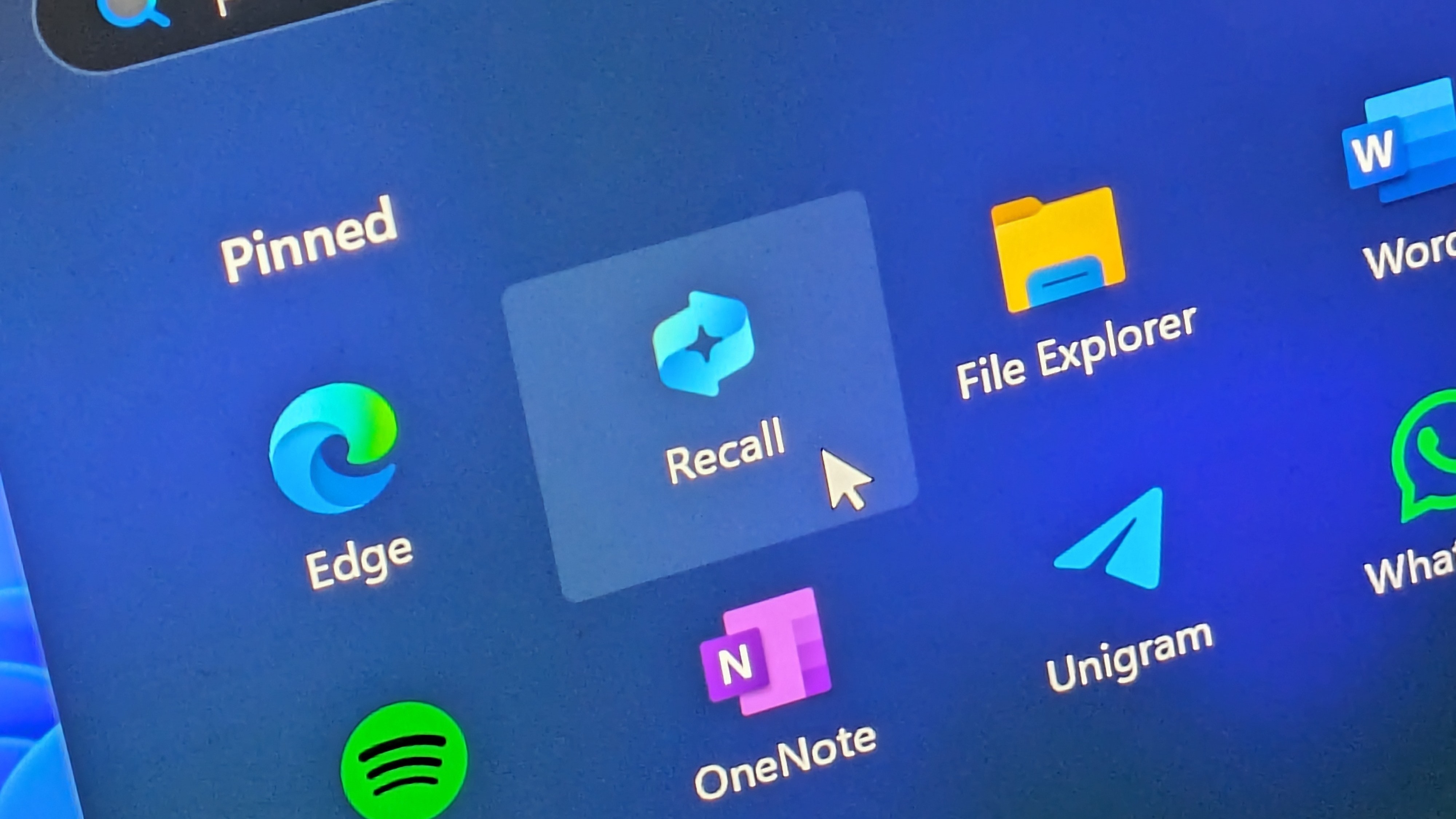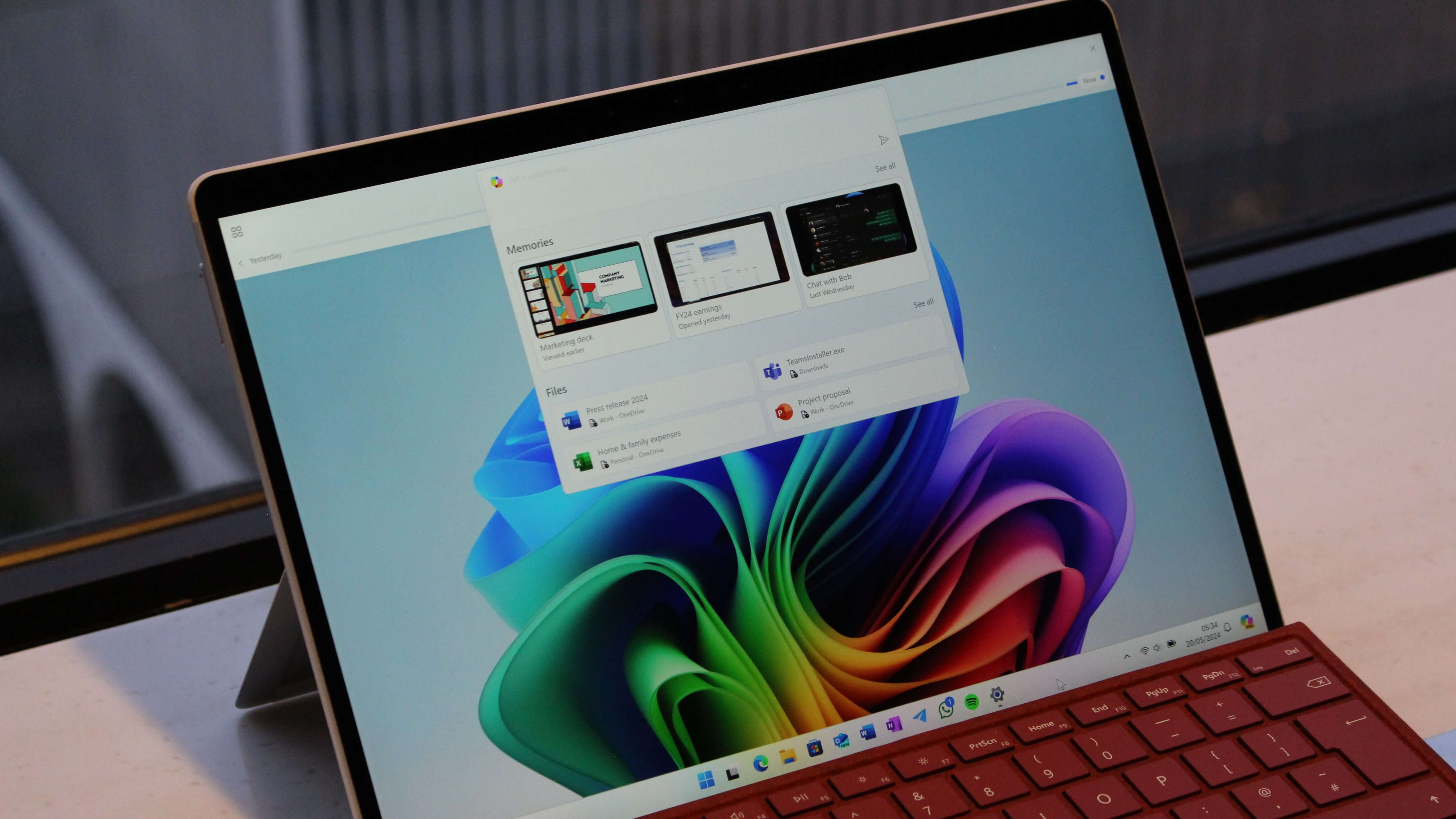Windows Recall is officially exclusive to Copilot+ PCs, but you can try it RIGHT NOW on unsupported hardware

What you need to know
- Windows Recall is a powerful new feature that allows you to search what you've done on your PC.
- Officially, Windows Recall is only available on Copilot+ PCs.
- A developer has worked out an unofficial way to use Recall on non-Copilot+ PCs and shared a tool for setting the feature up.
Windows Recall is a new feature for Windows 11 that takes snapshots of your system every few seconds, allowing you to search through what you've done on your PC. The feature uses AI to analyze all the photos taken, and it is officially exclusive to Copilot+ PCs. But that hasn't stopped people from getting Recall to work on non-Copilot+ PCs. Developer Albacore managed to use Windows Recall on unsupported PCs and now has a tool that lets you do the same.
The app, called AmperageKit, lets you configure Recall without needing to perform any registry edits or patching files manually. Right now, Amperage only works with systems with an Arm64 CPU and those PCs have to be on Windows 11 version 24H2. The app's GitHub page has all the links and information you need to set up the app and use Recall.
Albacore shared his process in a piece on our sister site Tom's Hardware. That piece focuses largely on how to use Recall on unsupported hardware by doing steps manually. You won't have to replicate that process if you use AmperageKit, but the article provides insight as to what's going on in the background.
I built an app that lets you set up Recall without any need for manual registry edits or file patching. It's available on GitHub. Please make sure to give the Readme a thorough read first! 😊https://t.co/6o6lt8IbuoMay 31, 2024
It may be tempting to think Microsoft has placed artificial restrictions on Recall to drive the sale of Copilot+ PCs, but that doesn't appear to be the case. While you can get Recall to work on other hardware, the experience is not optimal.
"So, does all this mean that the NPU requirement is a sham? No, of course not," said Albacore. "Just because a feature is capable of working without an NPU doesn’t mean it can’t make use of one to better distribute the workload and deliver a more performant and satisfying experience. A dedicated GPU is a good analogy. Sure, you can get by with just an integrated one, but the difference once you go dedicated is definitely noticeable."
As AmperageKit is an unofficial tool, you should only use it if you're tech-savvy and know how to fix any issues that could pop up. But even for those who don't use the tool, Albacore's project is interesting.
Is Windows Recall safe and secure?

As soon as Microsoft announced Recall, people online raised concerns about security and privacy. At first glance, it's completely reasonable to ask questions about a feature that takes screenshots of everything you do on your PC. But Microsoft has several checks in place to minimize security and privacy risks. Our Senior Editor Zac Bowden has a complete breakdown on Microsoft's promise to keep Windows Recall data safe, but I'll reiterate the key points here.
All the latest news, reviews, and guides for Windows and Xbox diehards.
Data used for Windows Recall, including snapshots and strings of text, are stored locally and encrypted on your device. That means that even if someone stole your device (while it was logged out), they could not access the Windows Recall data.
Your data from Windows Recall stays on your machine. It's not sent to Microsoft's servers, or any cloud for that matter. One of the reasons Microsoft requires an NPU to use Recall is that the feature runs locally on your PC. The NPU chips inside Copilot+ PCs are specialized for AI workloads and also secured.
Because your data is kept locally on your machine, it's not used to train AI models.

Recall does not require an internet connection or a Microsoft account. That actually hinders the feature a bit, since you can't sync your Recall data across devices. But I'd argue that's worth it in the name of security, and many people seem to agree.
Additionally, Recall is optional. If you don't want to use it, you can turn the feature off.
That's a welcome list of security measures to keep your data safe, but there are still concerns about Recall. While your data is not sent to the cloud, it is kept on your device locally. That means that malware that makes its way onto your PC could scrape Recall data.
Encryption means that a malicious actor cannot grab your logged-off PC and extract Windows Recall data. But if someone managed to log in to your device or to snatch your PC while it was already logged in, they'd have access to all of your Recall data. You don't even need to be on an admin account to access data used by Windows Recall.
Right now, I'd say that the security measures around Recall are a solid start but that Microsoft needs to do more. Adding an option to require Windows Hello to use Recall or access Recall data would go a long way. People are naturally skeptical. Microsoft needs to do everything it can to both ensure people are comfortable with the Recall feature and make sure that valuable data cannot get into the wrong hands.

Sean Endicott is a tech journalist at Windows Central, specializing in Windows, Microsoft software, AI, and PCs. He's covered major launches, from Windows 10 and 11 to the rise of AI tools like ChatGPT. Sean's journey began with the Lumia 930, leading to strong ties with app developers. Outside writing, he coaches American football, utilizing Microsoft services to manage his team. He studied broadcast journalism at Nottingham Trent University and is active on X @SeanEndicott_ and Threads @sean_endicott_.
